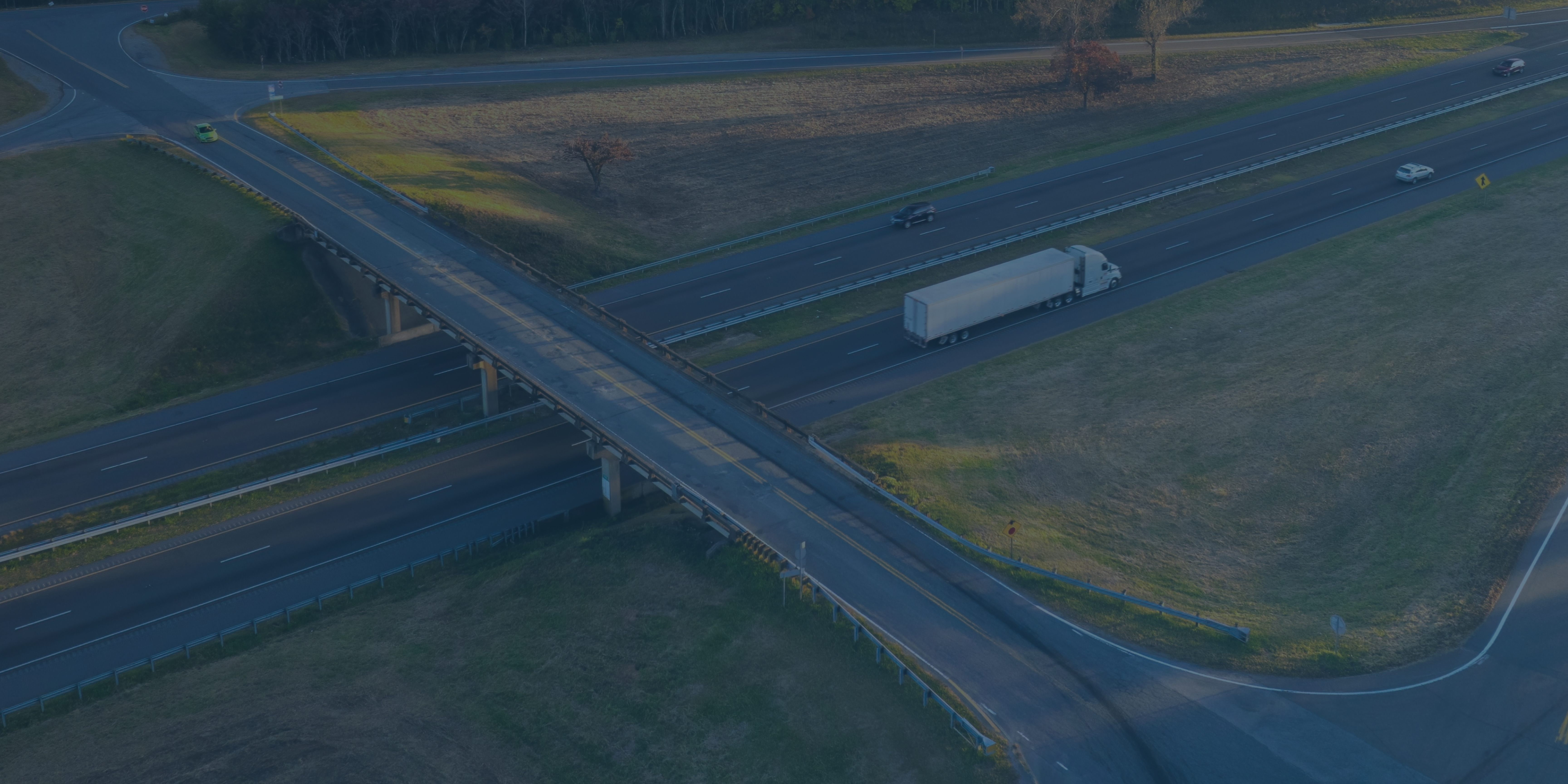
SambaSafety’s latest 2024 Driver Risk Report: Key Trends Shaping Automotive Mobility offers incredible insight into roadway risk and what’s happening in the mobility space. Our comprehensive analysis based on first-party data explores trends reshaping insurance, hiring and retention and regulatory compliance. This blog highlights major takeaways from the report that will help commercial auto insurance professionals effectively navigate these trends.
4 Auto Insurance Trends Causing Inflation
The rising cost of living in recent years is widely acknowledged and commonly attributed to inflation. However, the specific causes of this inflation are less well-known. Data released by the Bureau of Labor Statistics in March of this year indicates that auto insurance is the primary driver of inflation, significantly outpacing other factors. Auto insurance costs have risen monthly since December 2021, resulting in a 45.8% increase.

Understanding which auto insurance trends are driving the insurance industry to raise prices significantly is a major key to solving the problem. We’ve identified four of the primary factors forcing insurers to take rate: claims severity, nuclear verdicts, vehicle costs and driving behavior.
1. Claims Severity Is Peaking
The volume of claims and the amount of resulting damage have both spiked in the past few years, forcing insurers to look for ways to offset their costs. The number of auto insurance claims has risen 14% since 2020, with claims severity jumping 36% within the same time span.
Insurers are responding by increasing premiums, tightening underwriting standards and investing in advanced technologies to better assess and mitigate risks. These measures are essential for maintaining financial stability amidst the growing pressures from the higher frequency and cost of claims.
2. Nuclear Verdicts Are on the Rise
One of the most expensive auto insurance trends is nuclear verdicts, or legal outcomes in which juries award upward of $10 million to plaintiffs. This puts fleet managers and their insurers in a tough position financially, as policies rarely meet the awarded amounts and fleets struggle to make up the difference.
This losing game has reignited congressional interest in increasing minimum liability requirements for interstate motor carriers to as much as $5 million. An increase of this magnitude could significantly impact per-mile premiums for commercial motor carriers.
3. In-Vehicle Technology Creates New Expenses
Manufacturers include more safety-focused technology features in newer model vehicles, from backup cameras to lane detection and self-parking capabilities. This has driven the cost of vehicle purchases up a noticeable amount for consumers. It has also increased the cost of repairs – even the seemingly minor ones – significantly for insurance carriers.
Advanced Driver Assistance Systems (ADAS) are growing in standard availability throughout vehicles on the road and driving up the cost of repairs. These systems increase both the number and cost of parts on a repair estimate. Experts expect the average repairable claim to reach an average of $5,500 in the US this year, up nearly $1,000 compared to 2023.
4. Distracted Driving Is an Ongoing Threat
Distracted driving is on the rise due to increased smartphone use on the road. According to the National Highway Traffic Safety Administration (NHTSA), 3,308 people lost their lives to distracted driving in 2022.
Certain distracted driving behaviors directly correlate to a driver’s likelihood of being involved in a claim within the next 12 months. For example, a driver who fails to signal is 112.6% more likely to be involved in a claim within the next year.
Collaboration Is a Gateway to Stability
It is widely known that commercial insurance has been unprofitable for over a decade now, but there are opportunities to change the industry’s financial outlook.
In the 2024 Driver Risk Report, John Barbagallo, strategic advisor to SambaSafety and former commercial lines president for Progressive states, “The convergence of these factors has created one of the most challenging markets for insurers and commercial fleets that we’ve seen in decades.” He goes on to repeat what has become his mantra for the industry – encouraging insurers, brokers and fleets to join forces for better outcomes.
According to our efficacy study, fleets that implement both monitoring and training see a 77% reduction in violations after only one year. Barbagallo recommends that this level of collaboration between insurers and fleets in their book is necessary to gain stability and eventually reach profitability. With luck and proper planning, collaboration between fleets and insurers will become an impactful auto insurance trend in 2024.
Watch our free webinar, "The State of Driver Risk in 2024: Critical Discoveries for Fleets & Insurers," below for more insight into how trends across insurance, hiring, retention and compliance impact driver risk – and what your team can do to stay ahead of the curve.



